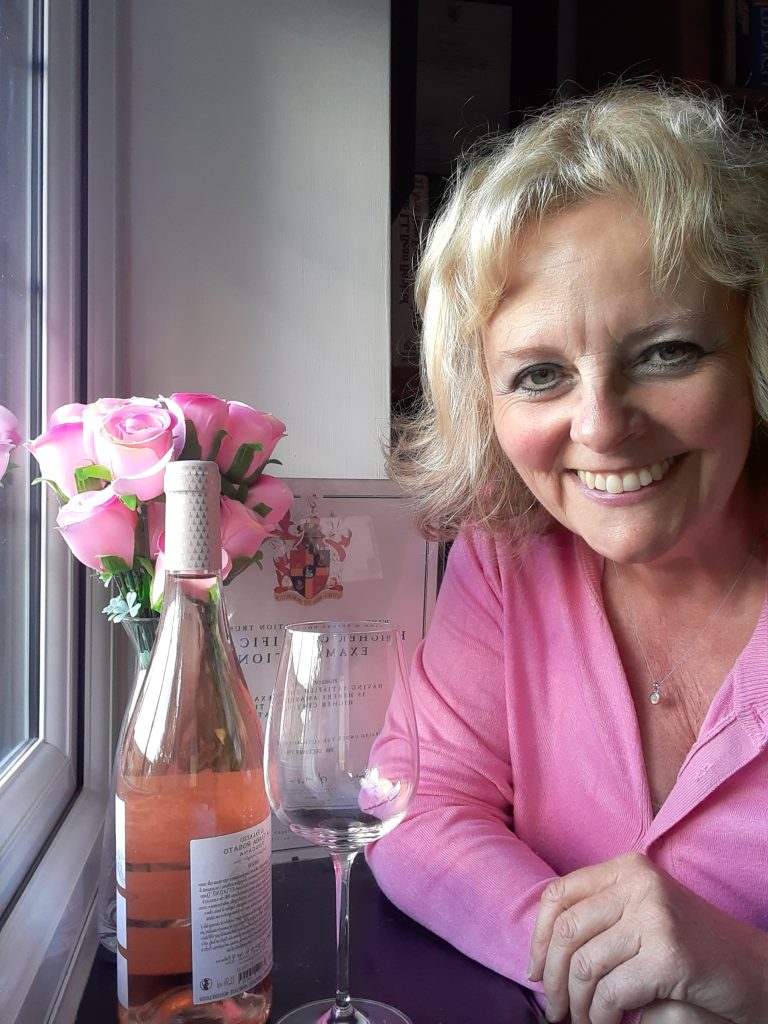
As we move into prime Rosé season, I thought we would explore the world of Pink.
I have some friends who simply won’t drink rosé wine til the temperature is above 20 degrees- and they have a point. It is better in the Summer – and in fact a few years ago there was a trend to drink it, poured over ice in large balloon shape glasses. That is not necessary, and, in my opinion, positively rude to the winemaker who has crafted the wine to perfection, not to be diluted!
Rosé is made like any other wine. The colour comes from the grape skins. There are different methods for achieving the colour. The various methods explain why are there so many different colours of rosé, from a pale salmon to a deep strawberry.
“Maceration: this is the most common method. Grapes are crushed and the juice is left in contact with the skins, just like red wine. The key thing is to leave the wine and grape skins in contact for a limited amount of time, from six to 48 hours. The longer the maceration, the darker the pink colour and the more intense the wine will taste. Once the winemaker’s desired colour has been reached, the wine is then drawn off the skins and fermented in the usual way.
Another, less common, method is to draw off some of the red wine from production early in the process, whilst it is still pink in colour, leaving the rest of the wine to progress to a full red. This is called Saignée (literally “bleeding”).
“Blending” is when a small quantity of red wine (approx. 5%) is added to white wine to make rosé. This is mainly used for pink Champagne, which makes sense as one of the main grapes used in the production of Champagne is Pinot Noir (a red wine grape), so adding a little Pinot Noir red wine is a great way to give it colour. It is discouraged (and in fact forbidden) in many areas of France in the production of still rosé wine. Having said that, this is the method used to produce “blush wines” in California.
Rosé is made in various regions around the world. In France, the most famous is La Provence, where the wine tends to have flavours of melon and lemon. It tends to be a very pale colour.
In Italy, rosé is of a more cherry flavour and a deeper orangey colour.
Other European (Old World) countries make pink wine as well as counties of the New World – Australia, Argentina and especially, California.
The Californians’ “blush” is made from white zinfandel and white merlot (which happen to be red grapes) and blended.
Whichever shade of pink you prefer, enjoy a glass or two, chilled, with no ice, over the Summer.
